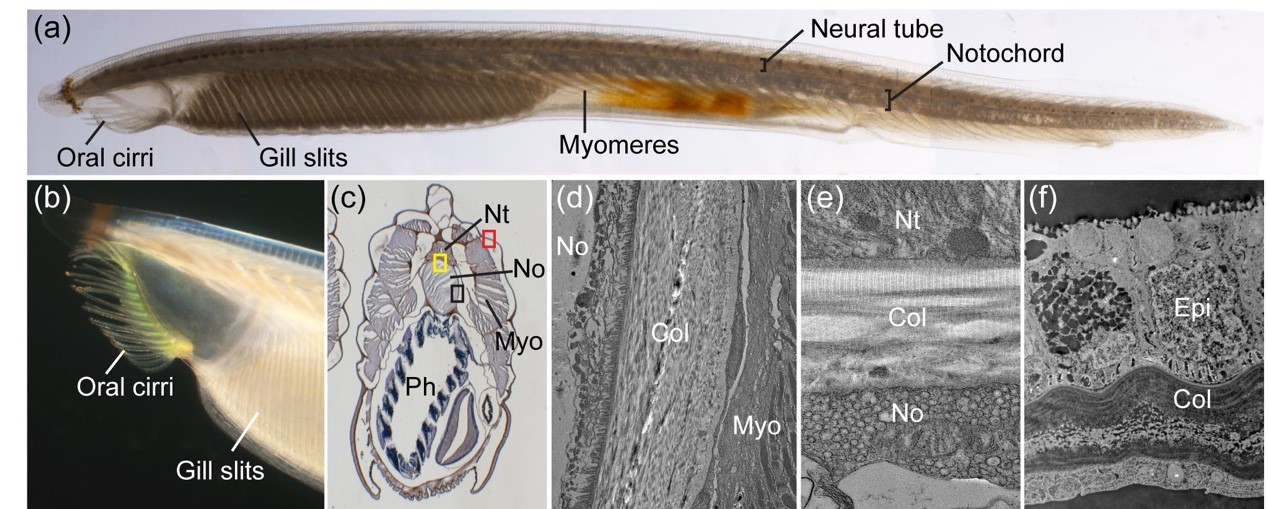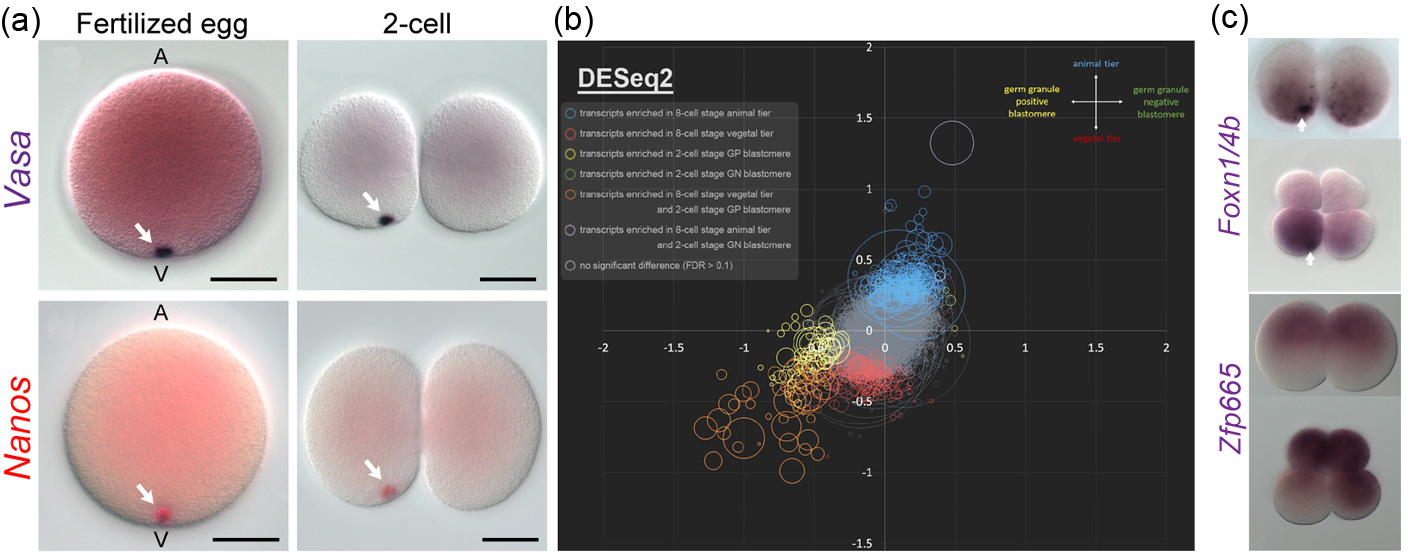Article content area
-

- SpecialtyDevelopmental Biology, Evolution of Development
- E-mailjkyu@gate.sinica.edu.tw
- Tel02-2787-1516, 03-9880544 ext 17
- Website Jr-Kai Yu's Lab
- LabR403/ICOB



